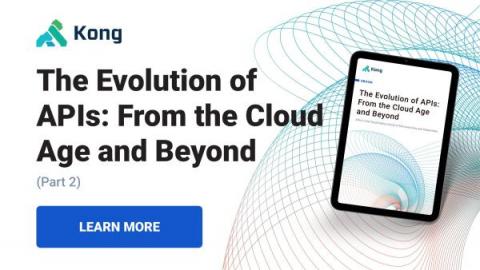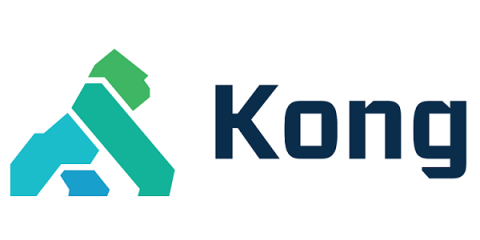NGINX/OpenResty Event Handling Strategy for CPU Efficiency
Kong Gateway is built on Nginx/OpenResty because it has a unique master/worker architecture, forks out many worker processes, and can utilize every CPU core efficiently. It is the powerhouse within Kong. But one master / multi workers architecture has an annoying defect. Each worker is an isolated process, so it is hard to share something with each other, and in Kong Gateway, there’s a lot of information to communicate between workers, like rebuilding router/health check/cluster sync, etc.













